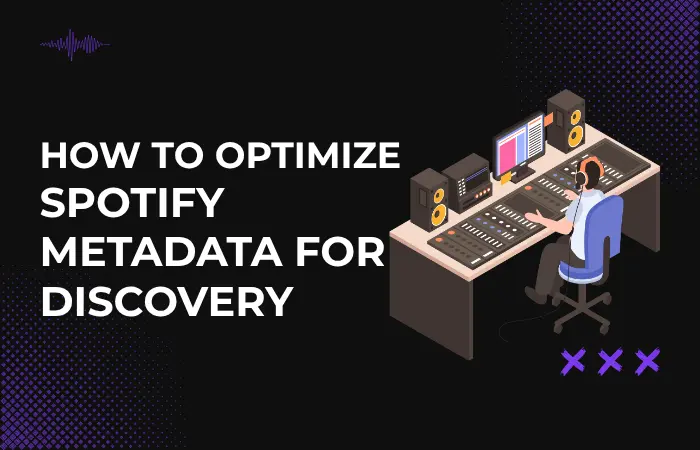Retirement planning is baffling to many employees. The rules seem much too complicated, and the future looks impossible to predict. The uncertainty is stressful, especially when it’s wrapped up in the day-to-day math of making that dime stack double as a long-term practical goal. The part that employers play is key. However, the workplace shapes whether workers can have confidence in their future. A supportive and calm environment can help employees think more clearly and not feel pressured.
Retirement is not just an individual achievement. It is even tied to financial well-being, job satisfaction, and long-term security. Workers want clarity, clear-cut guidance, and tools to help them grasp their savings.
This article explains how employers can make retirement planning easier, lighter, and more comfortable for their employees.
-
Offer Clear, Bite-Sized Retirement Education
Retirement planning becomes easier when information arrives in small, simple pieces. Employees do not need long presentations filled with heavy terms. They need short and clear guidance that fits their busy days. You can offer bite-sized education through four helpful approaches:
A. Short Sessions Instead of Long Workshops
Personnel often become fatigued over the course of daylong workshops. They are taking in less information and feel uncertain. It’s more effective to have shorter sessions because you are doing one topic at a time. Its basic concepts can be presented without impressing anyone, such as simple ideas like contribution, matching, or combination. These micro-sessions teach employees, on average, slowly and steadily.
Having financial experts conduct these brief sessions is fine as well, so that employees can get plain-and-simple advice in plain language. Some may prefer one-on-one support, so optional in-person sessions can provide a way to unpack the details at their convenience. It’s this combination of small lessons and expert content that makes learning feel comfortable, and everywhere else tends to make you feel more stressed about retirement.
B. Introduce Simple, Easy-to-Use Retirement Tools
Numbers feel confusing until employees see them in action. Visual tools can help them understand how their money might grow over time.
Many workplaces now use easy tools like a 401k calculator to show employees their potential savings in clear steps. This tool helps people see how small changes in contributions can impact their future. Notably, reliable HR outsourcing firms, such as TriNet, offer this tool that offers clean layouts and simple guidance. It helps employees plan without fear. When tools feel friendly, retirement planning becomes easier for everyone.
C. Easy Guides For Employees To Save
Employees like quick guides, which they have access to without pressure. These include short videos, PDFs, or simple email explainers that break topics into small steps. These resources are being saved by employees and resurfaced when they have a need. This autonomy accommodates the pace at which they learn and minimizes the fear of over-complexity, common in many advanced planning applications.
D. Remind During Enrollment Times
Enrollment periods can be confusing, and plenty of employees miss important deadlines. The gentle nudges also keep them conscious of the contribution windows and plan changes. For example, you may send short emails or notices that describe what to do and when to act. These nudges relieve stress and allow employees to keep on track without being pressured.
These small learning tools give employees quiet confidence and help them stay consistent with their retirement goals.
3. Provide Personalized Solutions to Each and Every One
Employees have different financial situations, and so one method isn’t going to work for everyone. Flexible choices enable workers to plan in ways that feel safe and manageable. You can give options that align with a range of incomes and where people are in their lives. These choices lift pressure while fostering healthy saving behaviors over the long term.
Helpful flexible choices include:
- Adjustable contribution rates that allow employees to start with small sums
- Auto-escalators for a lazy and easy-going growth
- Catch-up contributions for those in their fifth decade.
- Optional employer matching layers for all budgets
These are tips that assist workers with remaining on track without becoming inundated. People make calmer decisions when they feel in control of their plan. Flexibility also promotes long-term saving behaviours for a secure retirement.
4. Show Employees Their Progress in Simple Ways
Half the journey is what keeps workers involved in planning for retirement. It’s a morale boost when people can see that their safety net is expanding year after year. You can also send out short blurbs on contributions, growth expectations, and/or any other pertinent information about the retirement plan. The pictures give employees an instant picture of their progress on the initiative without having to go through complex reports.
Clear announcements also relieve pressure, since workers no longer have to be in the same state of uncertainty. A long perspective can help you make smarter decisions and instill good habits. People stick with it a little bit more confidently when they’re seeing progress.
Conclusion
Employees plan better for retirement when they feel supported, informed, and calm. Workplaces play a major role in shaping this experience. Clear guidance, simple tools, and flexible options remove fear and help employees understand their future with confidence. A friendly tool like a 401k calculator, paired with steady education, makes planning easier for everyone. Small actions from employers create lasting comfort and financial stability. When the workplace encourages clarity and calm thinking, employees build a stronger path toward a secure retirement.






